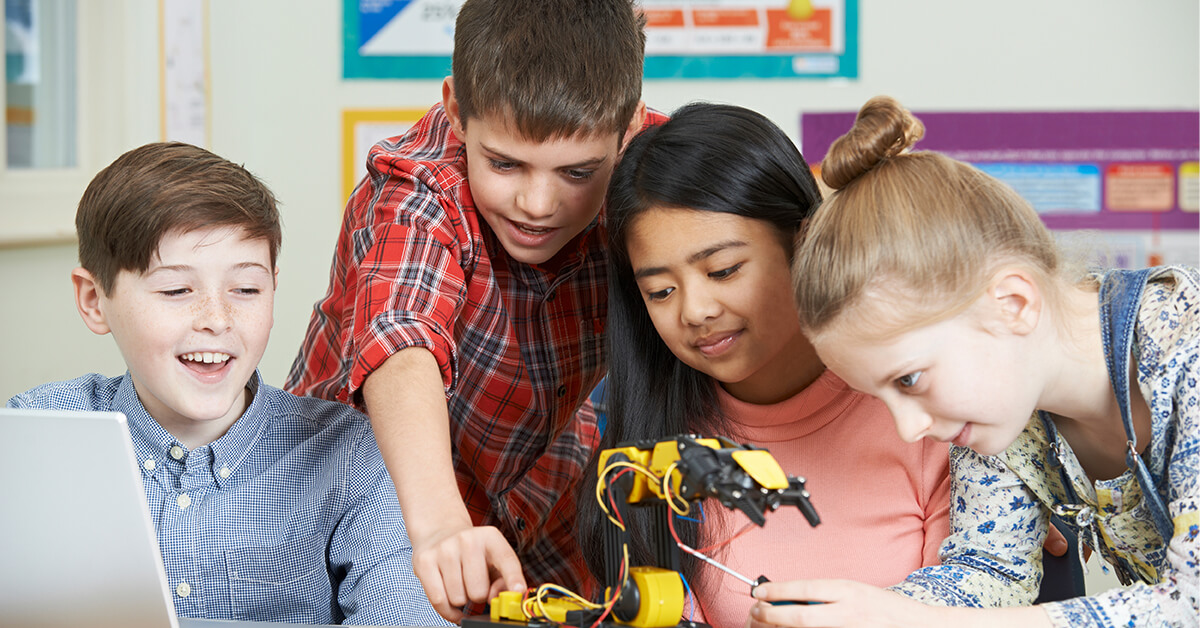I began the week with the question What is Real PBL? In my view, it’s about to get very real — in fact, possibly too real for comfort.
Here’s what I see. During the past 15 months, the edifice of education nearly disappeared overnight, almost like the Berlin Wall. 1.52 billion young people were sent from the classroom and began learning, unlearning, or doing something at home.
This was an amazing geological event, as the end of the Ice Age, and spawned a range of questions, from ‘Who knew it was so fragile?’ to ‘What will we do with all those expensive whiteboards?’
A bit of humor might be wise because more demolition may be underway. A system defined by ‘safe’ expectations crashed, disposing of normal educational practices, and leaving everyone adrift. I know that schools are trying hard to regain their footing, but in this last article for PBL Week let’s consider what many young people have experienced and how that could affect project-based work:
- Learning is fun. 91% of young people have momentarily escaped the Death Valley (Sir Ken Robinson’s term) of an outmoded industrial system that values information and instruments of control before people, relationships,…

